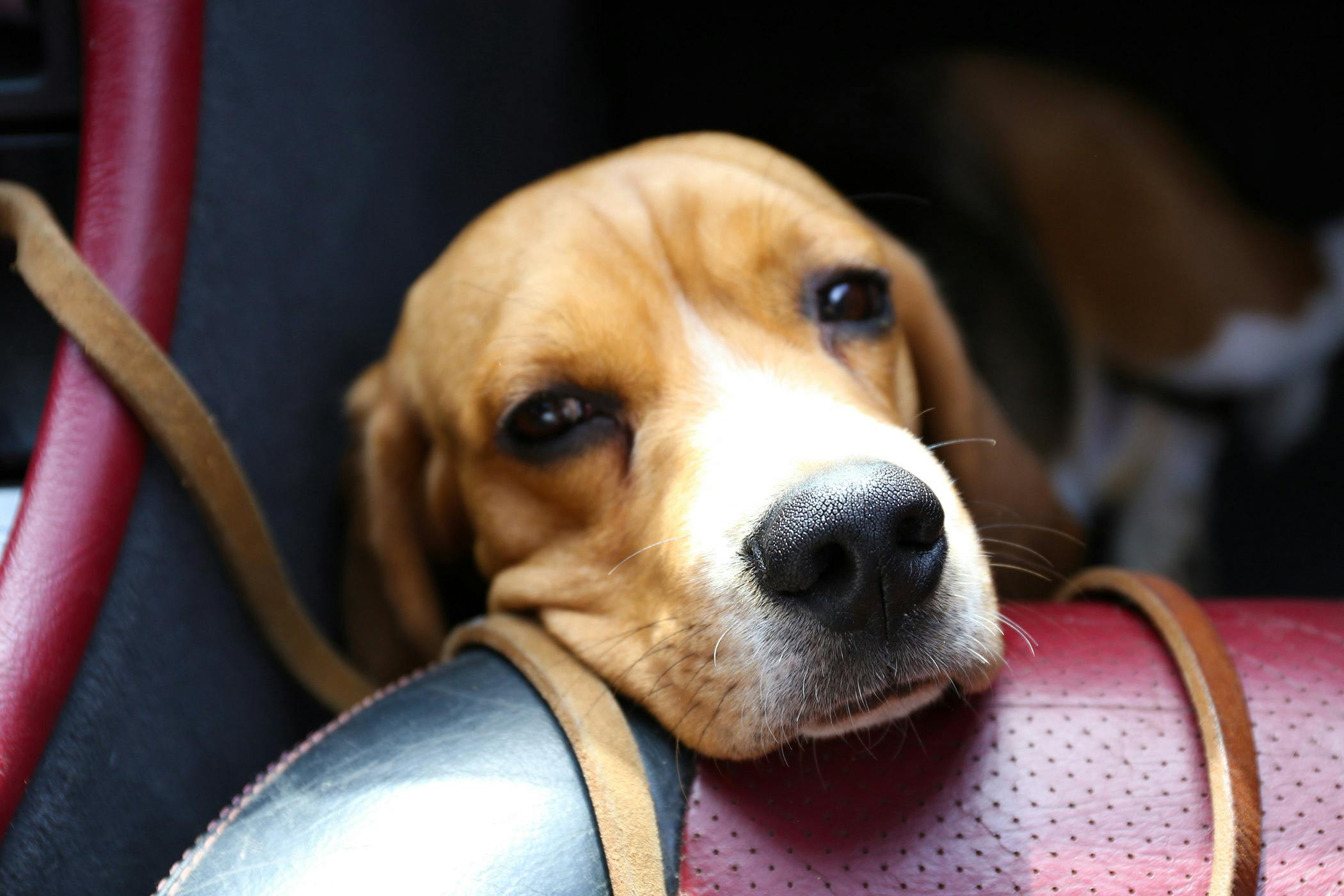Pets Get Airsick: Signs to Watch For & How to Help
Air travel with pets has become increasingly common as more families bring their furry companions on international journeys. However, not all pets adjust well to the cabin or cargo environment. Airsickness in pets is a real issue that can cause discomfort and stress for both animals and owners.
In this article, ASIAPATA provides a detailed guide on the signs of airsickness in pets and practical ways to manage and prevent it, ensuring a safer and more comfortable trip.
1. Why Pets Experience Airsickness
Just like humans, pets can suffer from motion sickness when their inner ear balance system is disturbed. On airplanes, factors such as cabin pressure, engine noise, vibration, and limited mobility can increase stress and trigger nausea.
Young pets, or those who rarely travel, are more likely to experience airsickness. In some cases, stress and anxiety—not just physical imbalance—make the condition worse.
2. Common Signs of Airsickness in Pets
Recognizing early signs of motion sickness is essential before symptoms worsen. The most common signs include:
-
Excessive drooling (salivation increases before vomiting).
-
Panting or heavy breathing, even in a cool environment.
-
Whining, crying, or restlessness inside the carrier.
-
Vomiting or regurgitation during or after takeoff/landing.
-
Lethargy or unwillingness to move after the flight.
-
Refusal to eat or drink before boarding.
Cats may become unusually quiet or hide, while dogs often show visible distress. Identifying these signs helps you act quickly to comfort your pet.

3. Preparing Pets Before the Flight
Preparation is the key to reducing airsickness. Here are some important steps:
-
Vet check-up: Consult a veterinarian at least two weeks before travel. Ask about motion sickness medication or calming aids.
-
Acclimatization: Let your pet get used to its travel carrier days before the flight. Practice with short car trips.
-
Fasting before flying: Avoid feeding your pet 3–4 hours before departure to reduce nausea. Small amounts of water are fine.
-
Exercise: Give your pet light exercise before going to the airport. A calm, tired pet is less likely to feel stressed.
4. Choosing the Right Travel Carrier
A comfortable and IATA-approved travel crate can significantly reduce motion sickness. The carrier should:
-
Be large enough for the pet to stand, turn, and lie down comfortably.
-
Have good ventilation on all sides.
-
Contain absorbent padding or a soft blanket for comfort.
-
Be labeled with your pet’s name, owner’s contact details, and flight information.
Pets feel safer in a familiar environment, so placing a favorite toy or cloth with your scent inside the carrier can reduce anxiety.
5. During the Flight: Helping Pets Stay Calm
While you have limited access to your pet during air travel, certain actions can help:
-
Stay calm yourself – pets sense their owner’s anxiety.
-
Avoid sedatives unless prescribed by a vet, as they may affect breathing under cabin pressure.
-
Use pheromone sprays or calming collars to reduce stress.
-
Ensure hydration – provide a spill-proof water bottle attached to the carrier.
If traveling in-cabin with a small pet, gently comforting them with your voice (without opening the carrier) can also help.
6. After the Flight: Post-Travel Care
Once you land, check your pet immediately:
-
Offer fresh water and small amounts of food after at least 1–2 hours.
-
Allow them time to rest in a quiet environment.
-
Take your dog for a short walk to help regain balance.
-
If vomiting or lethargy continues for more than 24 hours, consult a veterinarian.
Most pets recover quickly, but monitoring is crucial to ensure no long-term issues.
7. When to Seek Professional Help
If your pet frequently experiences severe airsickness, consider:
-
Consulting a vet about motion sickness medication such as anti-nausea drugs.
-
Using behavioral training to reduce travel anxiety.
-
Hiring a professional pet travel service that specializes in international flights.
Some pets may simply be unfit for long-haul flights, in which case exploring alternatives such as professional boarding may be more humane.
Conclusion
Airsickness in pets is common but manageable. By recognizing the signs early, preparing carefully, and applying the right strategies, you can minimize discomfort and ensure your pet has a safe and pleasant journey.
At ASIAPATA, we believe that traveling with pets should be a joyful experience. With proper planning, your furry friend can adapt well to air travel and arrive healthy, happy, and stress-free.
Read more:














